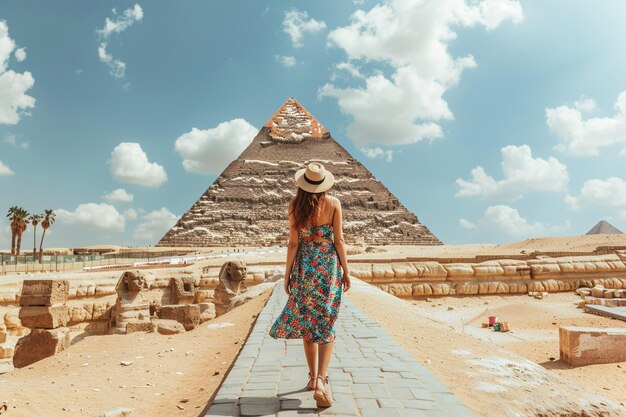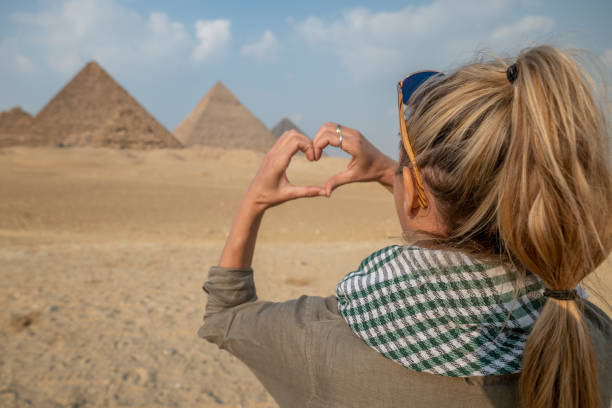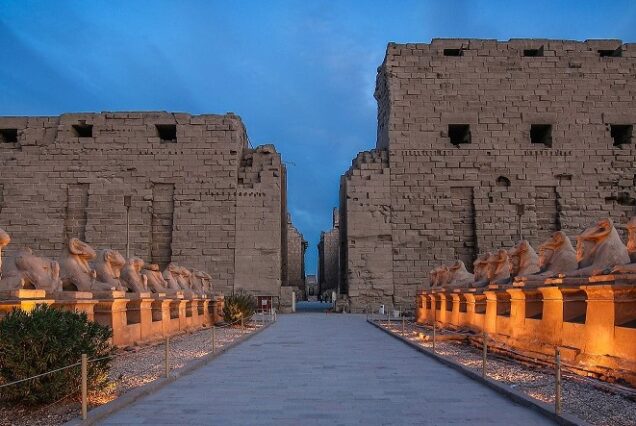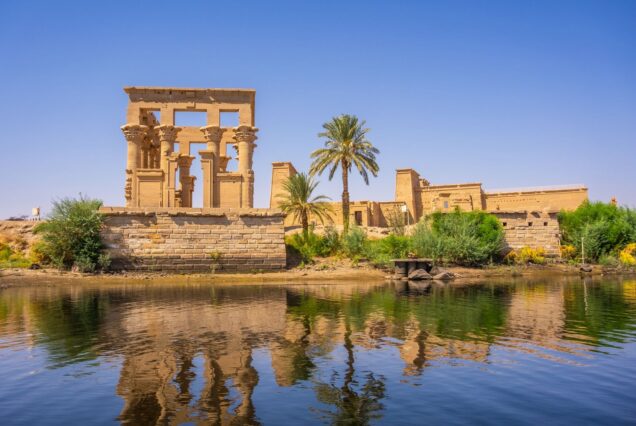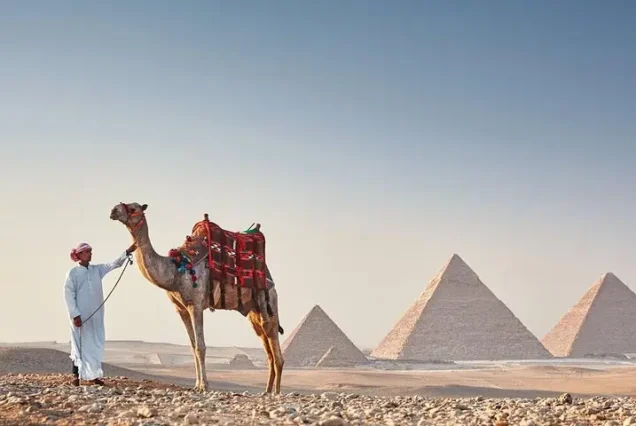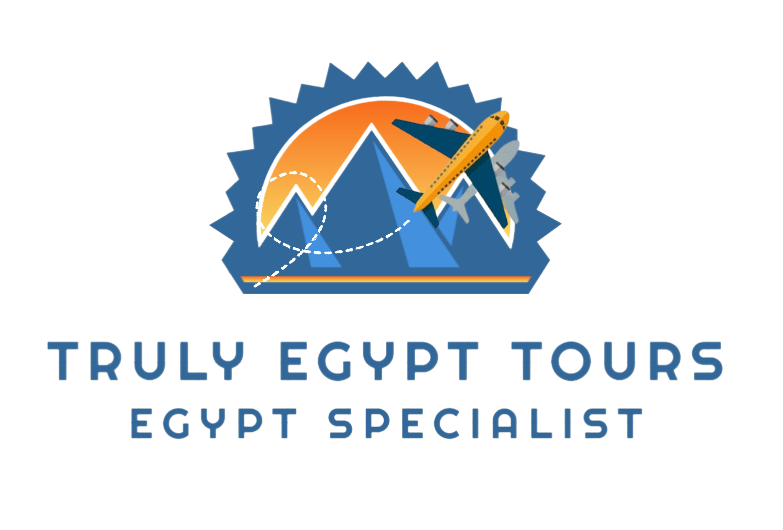Discovering Cairo: A Comprehensive Guide to Egypt’s Vibrant Capital
Cairo, the sprawling capital of Egypt, is a city that encapsulates the rich history and vibrant culture of this ancient land. With a population of over 20 million people, it is one of the largest cities in Africa and the Middle East. Known as “Al-Qahirah” in Arabic, which means “The Conqueror,” Cairo boasts a unique blend of ancient heritage and modern life. From the iconic pyramids to bustling markets and museums, the city offers a wealth of experiences for travelers. In this extensive guide, we will explore Cairo’s history, its must-visit sites, cultural experiences, practical travel tips, and more.
Map
Info
A Brief History of Cairo
Cairo’s history dates back to the time of the Pharaohs, but the city as we know it today began to take shape in the 10th century when the Fatimid dynasty established it as their capital. The city quickly grew into a cultural and political hub, attracting scholars, artists, and traders from around the world.

During the Middle Ages, Cairo flourished as a center of learning and commerce. The city became home to some of the world’s most prestigious universities and libraries, including Al-Azhar University, founded in 970 AD. The Mamluk Sultanate, which ruled from the 13th to the 16th centuries, left a lasting architectural legacy, with many mosques, palaces, and fortifications still standing today.
Cairo continued to evolve under Ottoman rule and later British colonization, which brought modernization and infrastructure development. Today, Cairo is a bustling metropolis that seamlessly blends its ancient past with contemporary life.
Must-Visit Places in Cairo
1. The Great Pyramids of Giza
No visit to Cairo is complete without witnessing the Great Pyramids of Giza, one of the Seven Wonders of the Ancient World. Located just outside the city, the pyramids were built as tombs for the pharaohs and are a testament to ancient Egyptian engineering and artistry.
– The Pyramid of Khufu: Also known as the Great Pyramid, it is the largest of the three pyramids and was originally 146.6 meters tall. Visitors can explore the interior chambers and marvel at the sheer scale of this monumental structure.
– The Pyramid of Khafre: Slightly smaller than Khufu’s pyramid, Khafre’s structure appears taller due to its location on higher ground. The remnants of the original casing stones can still be seen at the apex.
– The Pyramid of Menkaure: The smallest of the three, this pyramid offers a glimpse into the burial practices of the time. The nearby three smaller pyramids are believed to be the tombs of Menkaure’s queens.
– The Sphinx: Adjacent to the pyramids, the Great Sphinx is a monumental statue with the body of a lion and the head of a pharaoh. It is shrouded in mystery and has been the subject of many theories regarding its origins and purpose.

2. The Egyptian Museum
Located in Tahrir Square, the Egyptian Museum is home to an extensive collection of ancient artifacts, including the treasures of Tutankhamun. Established in 1902, the museum houses over 120,000 items, showcasing the rich history of ancient Egypt.

– Highlights: Don’t miss the gold mask of Tutankhamun, intricately designed jewelry, and a vast collection of mummies. The museum’s layout allows visitors to explore various dynasties and periods, providing insight into the daily lives and beliefs of the ancient Egyptians.
3. The Citadel of Saladin
The Citadel of Saladin, or Cairo Citadel, is a medieval Islamic fortification that offers stunning views of the city. Built in the 12th century, it served as the seat of government for many centuries.
– Mosque of Muhammad Ali: Within the citadel complex, this mosque is an iconic example of Ottoman architecture. Its large domes and towering minarets dominate the skyline, and the interior features beautiful stained glass and intricate decorations.
– Military Museum: The citadel also houses a military museum showcasing Egypt’s military history, including weapons, uniforms, and memorabilia from various eras.
4. Khan El Khalili Bazaar
Khan El Khalili is one of the oldest and most famous bazaars in the Middle East. A visit to this bustling market is a sensory experience, with vibrant colors, enticing aromas, and the sounds of bargaining filling the air.
– Shopping: The bazaar is a treasure trove of souvenirs, including handcrafted jewelry, spices, textiles, and traditional Egyptian crafts. Don’t forget to haggle for the best prices!
– Cafés and Restaurants: Take a break in one of the many cafés, where you can enjoy traditional Egyptian tea or coffee while watching the world go by.
5. Islamic Cairo
Islamic Cairo is a UNESCO World Heritage site filled with historic mosques, madrasas, and architectural wonders. This area showcases the rich Islamic history of the city.
– Al-Azhar Mosque: Founded in 970 AD, Al-Azhar is one of the oldest universities in the world. The mosque features stunning architecture and is a center for Islamic scholarship.
– Sultan Hassan Mosque: This 14th-century mosque is an architectural masterpiece, known for its grand scale and intricate decoration. The adjoining madrasa offers insight into the educational practices of the time.
– Al-Rifa’i Mosque: Located near Sultan Hassan, this mosque is known for its beautiful interior and royal tombs, including that of the last king of Egypt, King Farouk.
6. Coptic Cairo
Coptic Cairo is home to some of the oldest Christian sites in Egypt, reflecting the country’s diverse religious heritage.
– The Hanging Church: Built on top of a Roman fortress, this church is known for its beautiful icons and intricate wooden ceiling.
– The Coptic Museum: This museum houses a vast collection of Coptic artifacts, including textiles, manuscripts, and religious artifacts, providing a glimpse into Egypt’s Christian history.
– Saint Sergius and Bacchus Church: Believed to be built on the site where the Holy Family rested during their flight into Egypt, this church features stunning frescoes and ancient relics.
7. The Nile River
The Nile River is the lifeblood of Egypt, and a cruise along its waters offers a unique perspective of the city. Visitors can enjoy scenic views of the skyline, historic landmarks, and the vibrant life along the riverbanks.
– Feluca Rides: Traditional sailboats known as feluccas offer a charming way to experience the Nile. A sunset ride is especially magical, providing stunning views of the illuminated city.
– Nile Dinner Cruises: For a more luxurious experience, consider a dinner cruise that combines fine dining with live entertainment, such as traditional music and dance performances.
8. Zamalek and Garden City
These upscale neighborhoods are known for their lush greenery, beautiful gardens, and colonial architecture. Zamalek, situated on an island in the Nile, offers a respite from the bustling city.
– Cairo Opera House: Located in Zamalek, the Cairo Opera House hosts a variety of performances, including opera, ballet, and concerts. The surrounding gardens are perfect for a leisurely stroll.
– Al-Azhar Park: This beautifully landscaped park offers stunning views of the city and is a great place to relax. The park features walking paths, cafes, and a lake, making it a popular spot for both locals and tourists.
9. Modern Cairo
While Cairo is steeped in history, it also boasts a modern side. The city has seen significant development in recent years, with new shopping malls, restaurants, and entertainment venues.
– City Stars Mall: One of the largest shopping centers in Egypt, City Stars offers a mix of international and local brands, restaurants, and entertainment options, including a cinema.
– Cairo Festival City Mall: Another modern shopping destination, this mall features a wide range of shops, dining options, and an outdoor entertainment area.
Cultural Experiences in Cairo
1. Cuisine
Cairo’s culinary scene is a reflection of its rich cultural heritage. Traditional Egyptian dishes are flavorful and diverse, incorporating a variety of spices and ingredients.
– Must-Try Dishes: Be sure to sample koshari (a hearty mixture of rice, lentils, and pasta topped with tomato sauce), falafel, and shawarma. Don’t miss out on traditional desserts like baklava and basbousa.
– Street Food: Explore the street food scene, where you can find delicious snacks like ta’ameya (Egyptian falafel) and sfenj (a type of doughnut). Street food is not only tasty but also an affordable way to experience local flavors.
2. Festivals and Events
Cairo hosts a variety of festivals and events throughout the year, celebrating its rich culture and heritage.
– Cairo International Film Festival: Held annually, this festival showcases films from around the world, promoting cultural exchange and artistic expression.
– Ramadan: The holy month of Ramadan is a special time in Cairo, with vibrant festivities, nightly iftar meals, and cultural events. The city comes alive with decorations, and traditional foods are served.
3. Art and Music
Cairo has a thriving arts and music scene, with numerous galleries, theaters, and live music venues.
– Contemporary Art Galleries: Explore the contemporary art scene in neighborhoods like Zamalek, where you can find galleries showcasing the work of local and international artists.
– Live Music: Experience traditional Egyptian music at local venues or enjoy performances at cultural centers. Music is an integral part of Egyptian culture, and you’ll find a variety of genres, from folk to contemporary.
Practical Travel Tips
Getting Around Cairo
Cairo is a bustling metropolis, and getting around can be an adventure in itself. Here are a few options:
– Public Transportation: The city has a metro system that is affordable and efficient. Buses and microbuses are also available but can be crowded.
– Taxis and Ride-Sharing: Taxis are widely available, but it’s recommended to use ride-sharing apps like Uber or Careem for convenience and safety.
– Walking: Many attractions are located close to each other, especially in areas like Islamic Cairo and Coptic Cairo, making walking a viable option. However, be cautious of traffic and noise.
Safety Tips
– Stay Hydrated: The climate can be hot, especially during the summer months. Drink plenty of water and wear sunscreen.
– Respect Local Customs: Be mindful of local customs and dress modestly when visiting religious sites. It’s important to be respectful of cultural practices.
– Keep Valuables Secure: Like any major city, be aware of your surroundings and keep your belongings secure, especially in crowded areas.
Best Time to Visit
The best time to visit Cairo is during the cooler months, from October to April. The weather is more pleasant for exploring outdoor sites, and you can avoid the scorching summer heat.
Conclusion
Cairo is a city that captivates the imagination and offers a wealth of experiences for travelers. From the awe-inspiring pyramids to the vibrant bazaars and rich cultural heritage, every corner of the city tells a story. Whether you are exploring ancient temples, savoring traditional cuisine, or immersing yourself in the local culture, Cairo promises an unforgettable journey.
As you plan your visit, take the time to explore both the historic and modern aspects of this dynamic city. Embrace the warmth of the Egyptian people, discover the treasures of the past, and create lasting memories in the heart of Egypt. Cairo awaits, ready to share its wonders with you.
